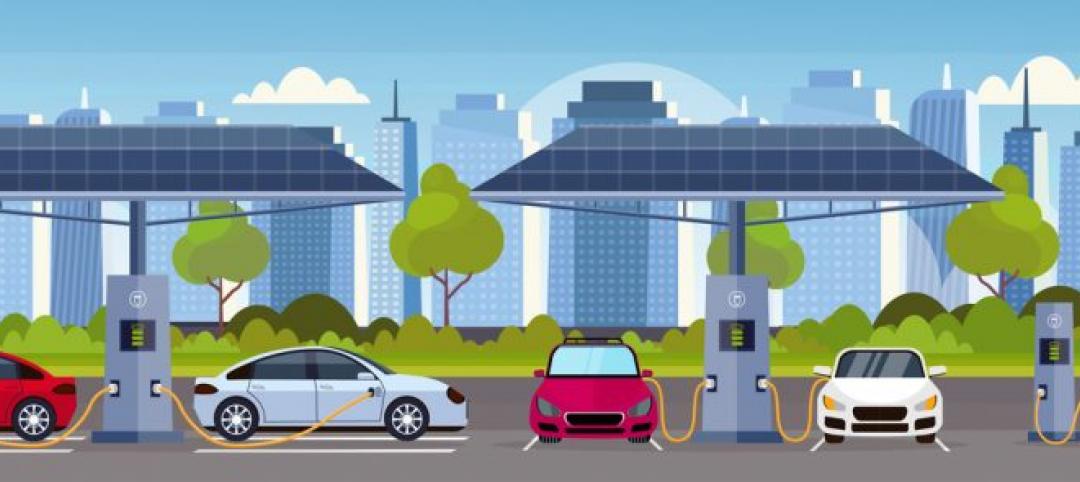Today’s seniors are increasingly tech savvy. They use smartphones, smartwatches, and smart home technology, and subscribe to streaming platforms they watch on smart TVs and other connected devices. According to a 2022 AARP study, more than 70% of those older than age 50 say they rely on technology to stay connected and in touch with friends and family.
It isn’t enough to give senior living residents a pre-determined bundle of technology and assume that they’ll be satisfied. The technology-savvy consumer expects to use their personal technology ecosystem—whether that be Apple, Amazon, or Google devices—that they built habits around before moving to a senior living environment. As the hospitality industry learned many years ago, gone are the days of dictating what technologies residents can use in their new home.
Senior Living Facilities are Homes, Not Hospitals
Some senior living facilities have not yet adopted a philosophy of supporting personal technology ecosystems, which is likely to disappoint potential residents going forward. Supporting this consumer mindset will be a challenge to senior living facilities, but it also offers opportunities if considered at the right time in the design and development of projects.
Tech Services at Home
Beyond infotainment, an added opportunity is the growing focus on home care, telehealth services, and remote medical monitoring. The popularity of wearables, like smart watches, allows facilities a chance to modernize or even gamify wellness programs. Perhaps most importantly, properly designed technology provides a meaningful connection between residents and their loved ones across the globe.
Infrastructure
Clearly, yesterday’s approach to planning and designing some conduit rough-in and a few network cabling drops will not achieve the needed results for today and tomorrow. Many senior living facilities are now designed to feel like home rather than a hospital, which requires a different approach. It’s important to get the technology infrastructure right early—the hard ceilings that help create a homey space (unlike the lay-in tiles in a hospital) make it nearly impossible to economically make changes and additions that weren’t considered in the initial design and construction process.
Early Integration
The best time to plan and design your technology infrastructure (both wired and wireless) is during the planning and programming phase of a project, before the floorplan is determined. This type of early integration was used in IMEG’s design for the Maine Veterans Home, a 179,000-sf supportive living facility in Augusta, Maine. We were involved in the planning process from the very beginning and were able to work with the owner and architect to design the technology systems to support the services and devices their residents will bring to their new home, as well as the software and systems that allow Maine Veterans Home to optimize the operation of their community.
By engaging technology thought leadership early, you can ensure your technology infrastructure and systems will be able to support the technology ecosystem of today’s seniors—and that of the ever-more-tech savvy generations to come.
More from Author
IMEG Corp. | Jun 18, 2024
A healthcare simulation technology consultant can save time, money, and headaches
As the demand for skilled healthcare professionals continues to rise, healthcare simulation is playing an increasingly vital role in the skill development, compliance, and continuing education of the clinical workforce.
IMEG Corp. | Nov 10, 2023
3 important early considerations for office-to-residential conversions
Scott Campagna, PE, Senior Director of Housing, IMEG Corp, shares insights from experts on office-to-residential conversion issues that may be mitigated when dealt with early.
IMEG Corp. | Sep 28, 2023
Structural engineering solutions for office-to-residential conversion
IMEG's Edwin Dean, Joe Gulden, and Doug Sweeney, share seven key focuses for structural engineers when planning office-to-residential conversions.
IMEG Corp. | Jun 12, 2023
Drones take site assessments to new heights
Eric Vallejo, Director of Reality Capture and Geospatial Solutions, IMEG Corp., discusses strategies for using visualization and reality capture.
IMEG Corp. | Apr 20, 2023
13 trends, technologies, and strategies to expect in 2023
Biophilic design, microgrids, and decarbonization—these are three of the trends, technologies, and strategies IMEG’s market and service leaders believe are poised to have a growing impact on the built environment.
IMEG Corp. | Nov 16, 2022
SPC-4D: 7 reasons California hospital building owners should act now to meet seismic compliance
Seismic compliance with the applicable California building codes is onerous and disruptive for building owners, especially for a building in the heavily regulated sector of healthcare. Owners of older buildings that house acute care services have a big deadline on the horizon—Jan. 1, 2030, the cutoff date to upgrade their buildings to SPC-4D.
IMEG Corp. | Aug 1, 2022
Achieving a net-zero K-12 facility is a team effort
Designing a net-zero energy building is always a challenge, but renovating an existing school and applying for grants to make the project happen is another challenge entirely.
IMEG Corp. | Apr 19, 2022
6 trends to watch in healthcare design
As the healthcare landscape continues to evolve, IMEG’s healthcare leaders from across the country are seeing several emerging trends that are poised to have wide-ranging impacts on facility design and construction. Following are six of the trends and strategies they expect to become more commonplace in 2022 and the years to come.
IMEG Corp. | Feb 18, 2022
Crime Prevention Through Environmental Design: Comprehensive strategies to keep people and buildings safe
CPTED is so much more than surface-level protection; it encompasses multiple phases of design, social programs, colors, lighting, natural surveillance, natural access control, and even traffic curbing.
IMEG Corp. | Feb 1, 2022
Sustainable design solutions will power EV charging stations
As the EV market share has been recognized, MEP firms have been tasked with the responsibility of an entirely new design: charging stations.

















